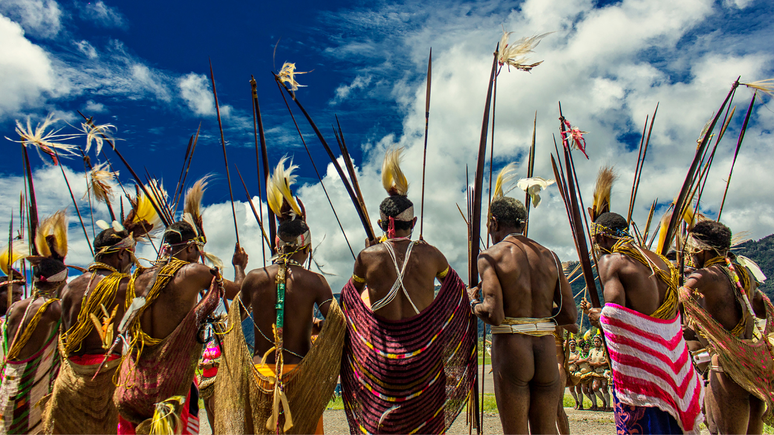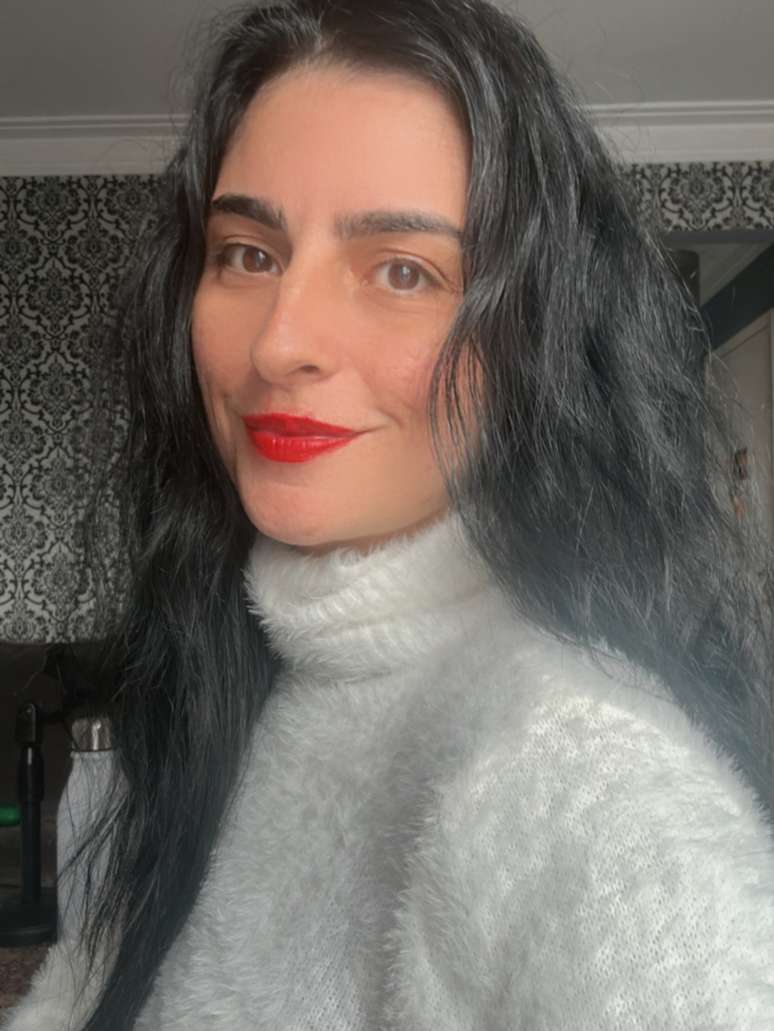Most of the legends and characters present in national popular culture come from the traditions and narratives of the native groups
Celebrated on 22 August, the Folklore day It is usually remembered by characters like Sauce, Browse AND Dispersion. However, what many do not realize is that most of these figures, in fact, have their origin or direct inspiration in the traditions, narratives and visions of the world of peoples coming from Brazil. Even before they became popular myths, for example, these people were part of the stories told around the fire, passing rituals, forest alerts or symbols of spirituality. Therefore, they crossed the generations and modeled the national imagination.
Curiosity about the origins of folklore
To take a deeper look at this connection between folklore and ancestors, the British Education He has collected facts on four original peoples who continue to life to the knowledge, languages and cosmologies. So we have the Guaraniwith its sacred relationship with the earth. Also, there are i TikunaGuardians of the myths of creation and transformation. In addition, the Xavantwith its collective strengthening ceremonies and the Yanomamiwhose spirituality is intrinsically linked to the forest. Check:
The Guarani language is one of the most spoken in Paraguay
Guarani are an original people South America. Have a significant presence in Paraguay and in some parts of Brazil, such as Argentine AND Bolivia. His language is one of the most spoken among the indigenous groups of the continent and, in fact, in Paraguay, has an official status together with the Spaniard. According to the British School, the modern country still strongly preserves the inheritance Guarani, therefore more Paraguasians speak and include this language than the Spaniard.
According to the data issued in 2023 by National Institute of Statistics (Ines) From Paraguay, 34.3% of interviewees said they had used Guarani and Spanish with equal frequency in domestic conversations. On the other hand, 32.6% indicated that Guarani is the predominant language. Therefore, considering the population of 5 years or more, 97.3% use at least two languages.
Tikuna produces ceremonial art with tree peel
Among the Tikuna, also called Tucunawho live in regions of Amazonian node Brazil, Peru AND ColombiaThe relationship with nature goes beyond physical survival. In fact, it is also expressed in ritual art. These people dominate an ancestral production technique of the so -called Bark clothwhich is a fabric made by the tree cortex. In addition, it is used to create ceremonial masks and animal figures.
According to the British School, they are qualified in the art of production and in the use of this material. From it, therefore, they produce ceremonial masks and great animal figures. These elements, in turn, are used to pass rituals and in the celebrations of the community, expressing cosmovisions, ancestors and respect for the forest.
Horseshoe villages
According to the institution, the XAVANTE – responsible for the creation of different legends of folklore – speak a language of the linguistic family Macro-jê. People, who drew about 10,000 in the early years 21stlives in the extreme south -est of the state of Mato Grosso.Le are between the River of dead and the Aragua RiverIn a region of Cerrado of high lands interspersed with narrow forest bands that run along the rivers.
The Xavant and the Xerénte (qv)which are closely related, they lived once in the whole River tocantineIn Goiás. However, the pressure of Brazilian colonizers in 1840 had the group passed to their current homeland.
Today they live in temporary villages on horseback in Savannah. This configuration of residence, therefore, reflects a territorial organization and the way in which Xavant includes the world and obligations between the members of the community. Furthermore, the space open to the center of horseshoe is fundamental for rituals and collective activities. Therefore, it strengthens social ties and the transmission of traditional knowledge.
In addition, the choice of this format promotes protection from external threats and facilitates internal communication. He also demonstrates the connection between the physical organization of space and the life of the community.
The ashes of the dead saw a sacred drink
The British school underlines that Yanomami, also written as YanoamöThey are South American indigenous. The speakers of a language Xirianá, live in the remote forest of the river basinHornsin the south of Venezuelaand at the end of the river basin Amazonasin northern Brazil. At the beginning of the century 21stThe member of the group probably amounted to about 32,000 people throughout their distribution area.
In the 90s, the way of life and even the continuous survival of the people were threatened by the incursions of the Brazilian prospectors in their territory in the Brazilian state of Roraima. In 1991, the Brazilian government reserved an area of about 36,000 square miles (93,240 km²) as a homeland for Yanomami. However, at the beginning of the century 21stThe government’s commitment for the application of the borders remained intermittent, at the best of the hypotheses.
This group has different traditions that have contributed to the formation of Brazilian folklore. One is the transformation of the ashes of the deceased into sacred drinks. This custom integrates one of the most emblematic rituals of Yanomami culture. After cremation, the ashes of the deceased are mixed with a liquid and ingested by tight relatives. The gesture therefore represents a spiritual connection with the lost entity, strengthening its symbolic presence in the community. In addition, consumption is believed to strengthen life against diseases.
Finally, this ritual summarizes the profound relationship that Yanomami maintains with their dead and reveals a world view in which the collective overlaps the individual. Life does not end with death, but becomes a continuous presence.
*Text – Relevant fact agency
Source: Terra
Ben Stock is a lifestyle journalist and author at Gossipify. He writes about topics such as health, wellness, travel, food and home decor. He provides practical advice and inspiration to improve well-being, keeps readers up to date with latest lifestyle news and trends, known for his engaging writing style, in-depth analysis and unique perspectives.






